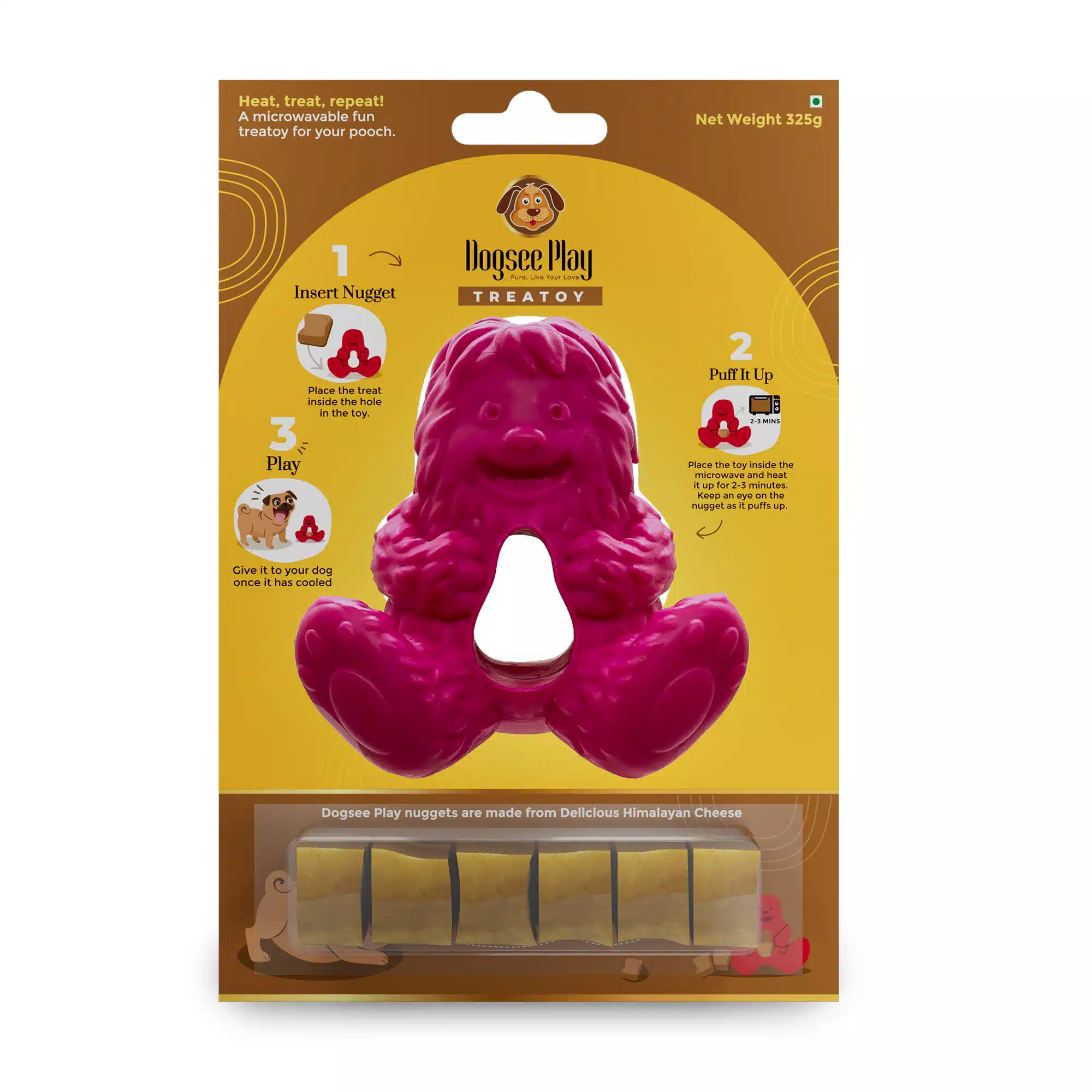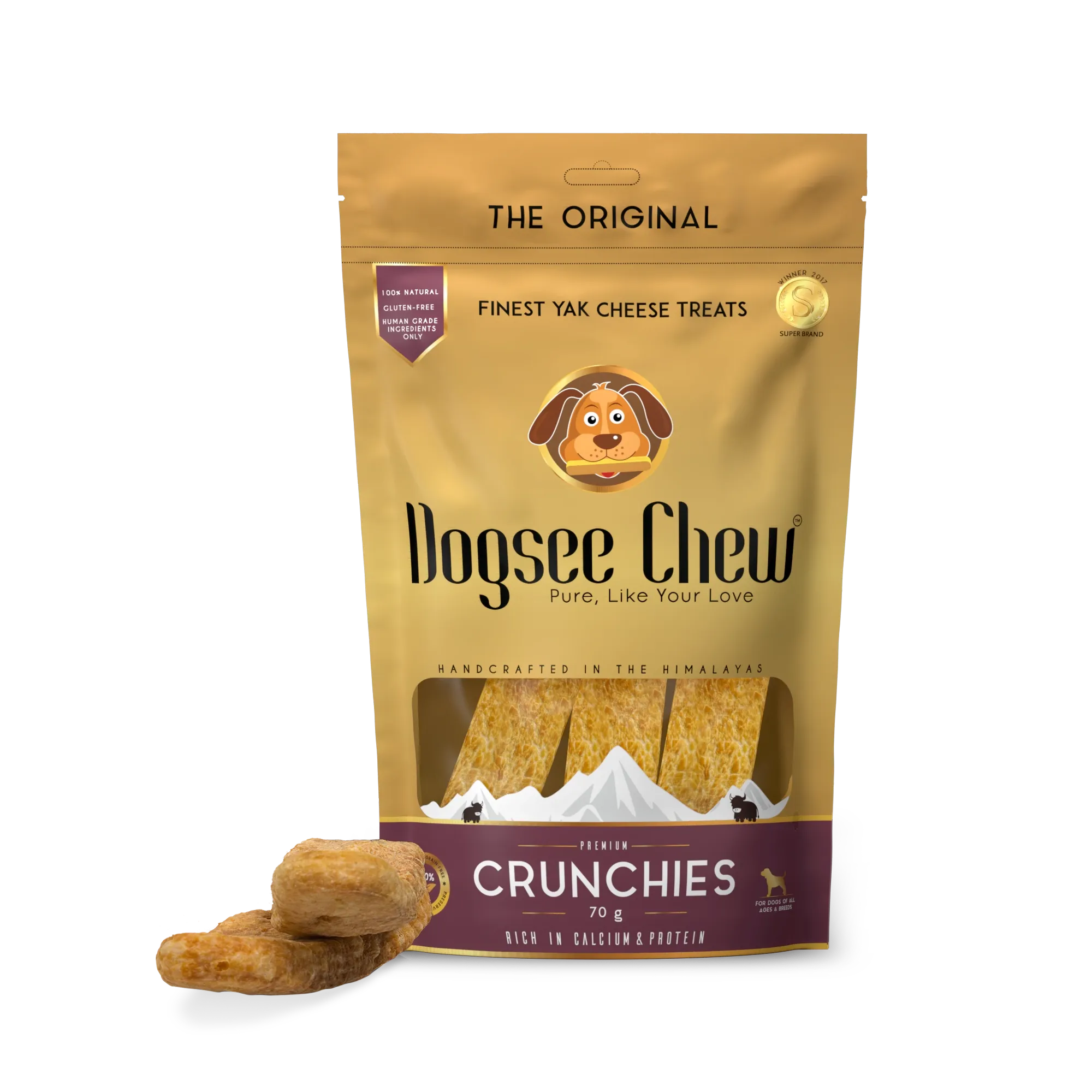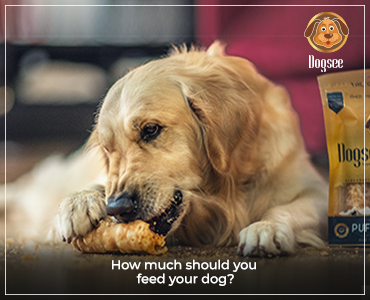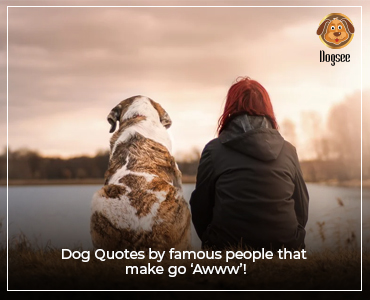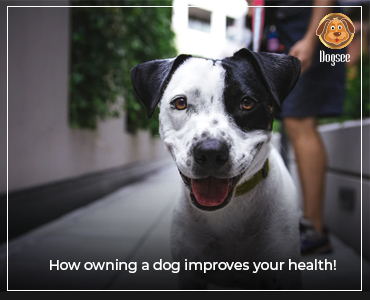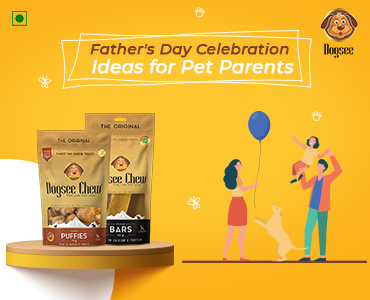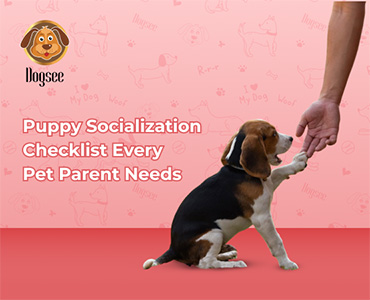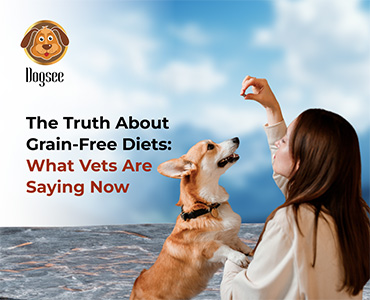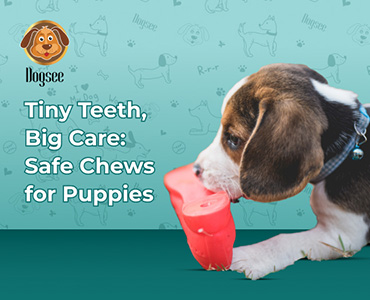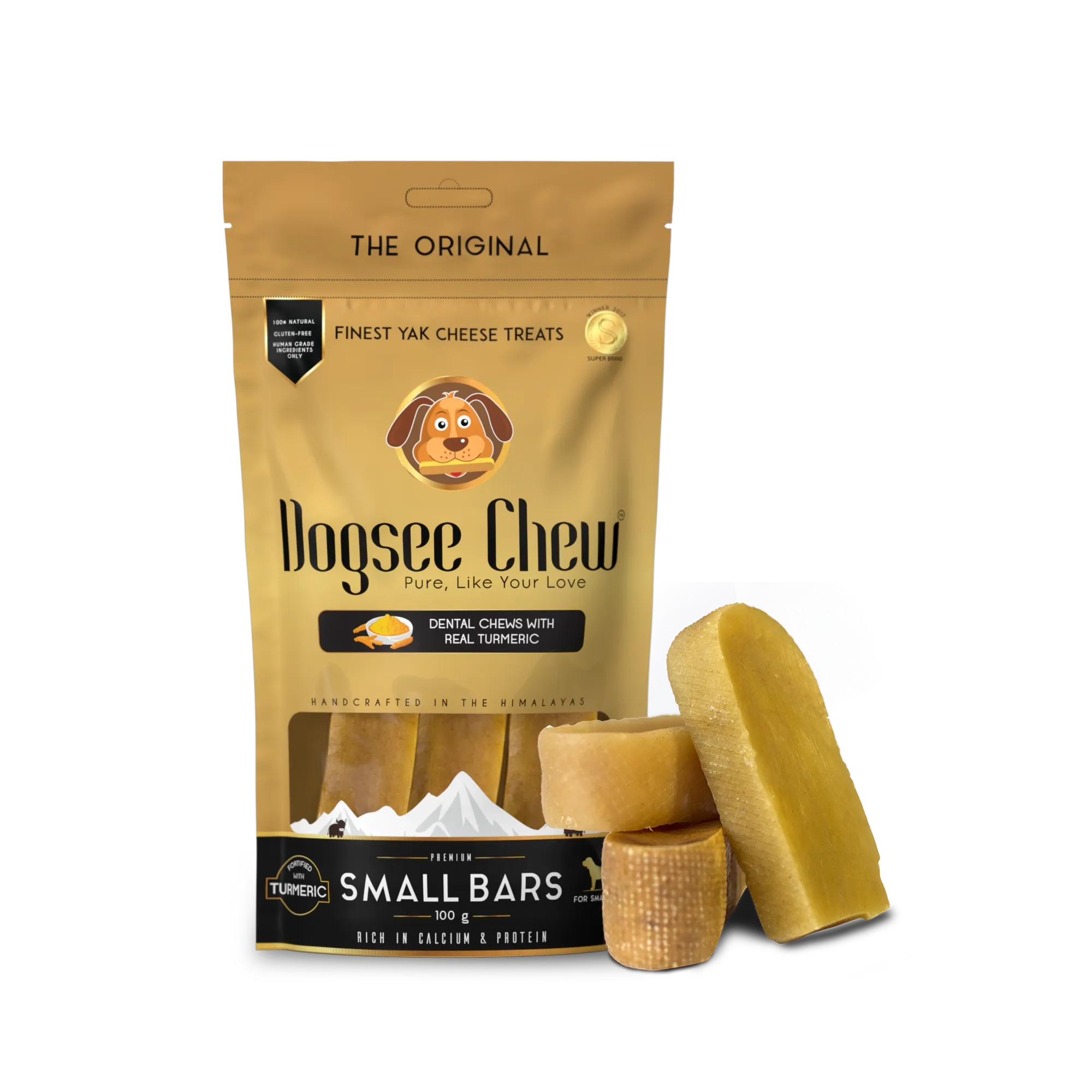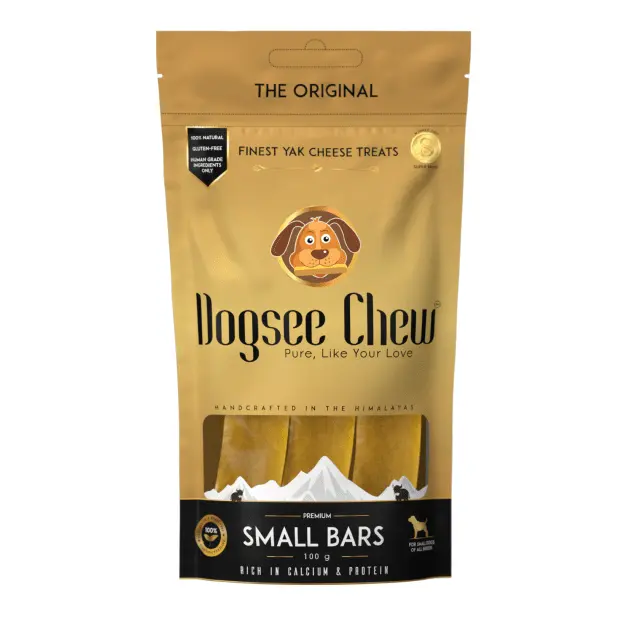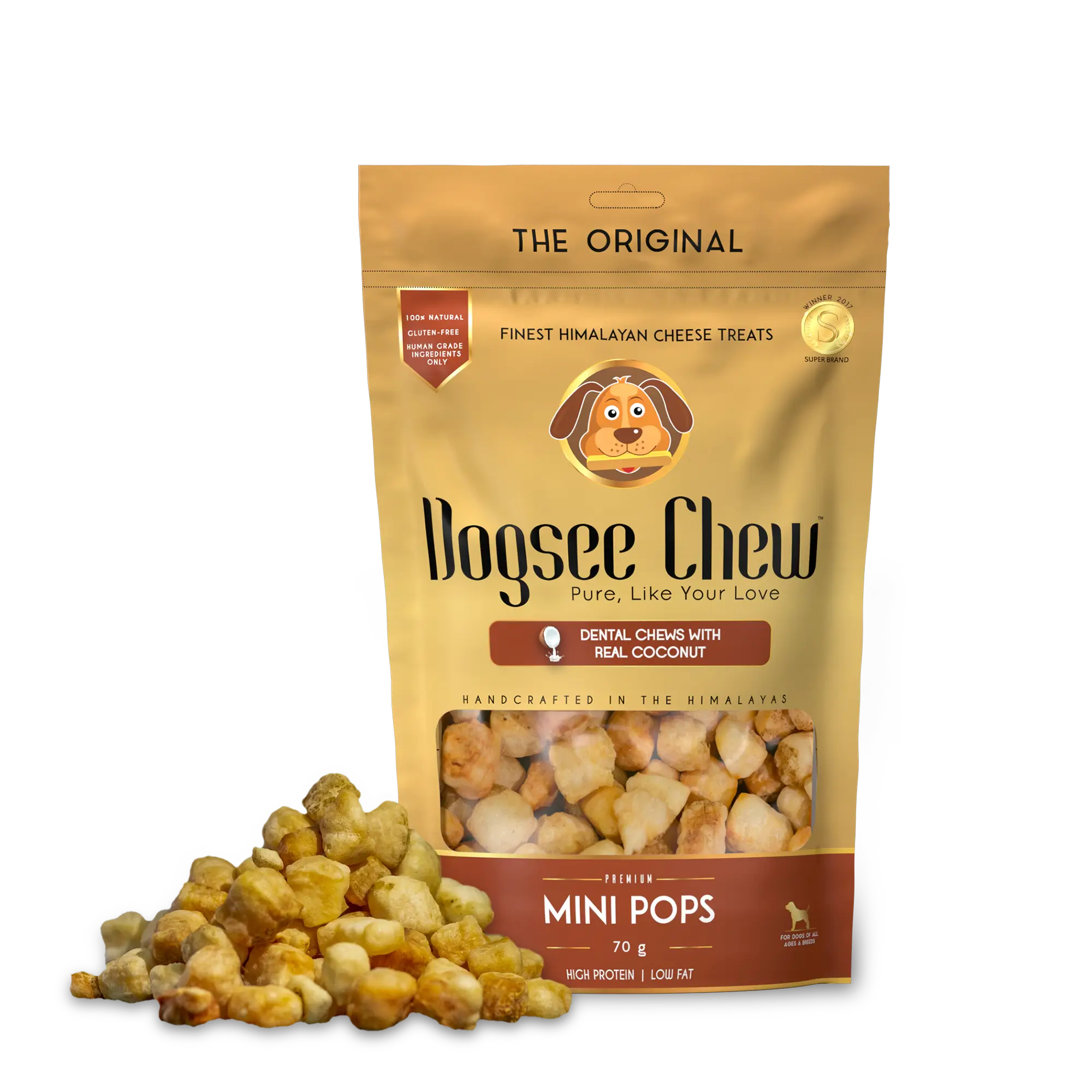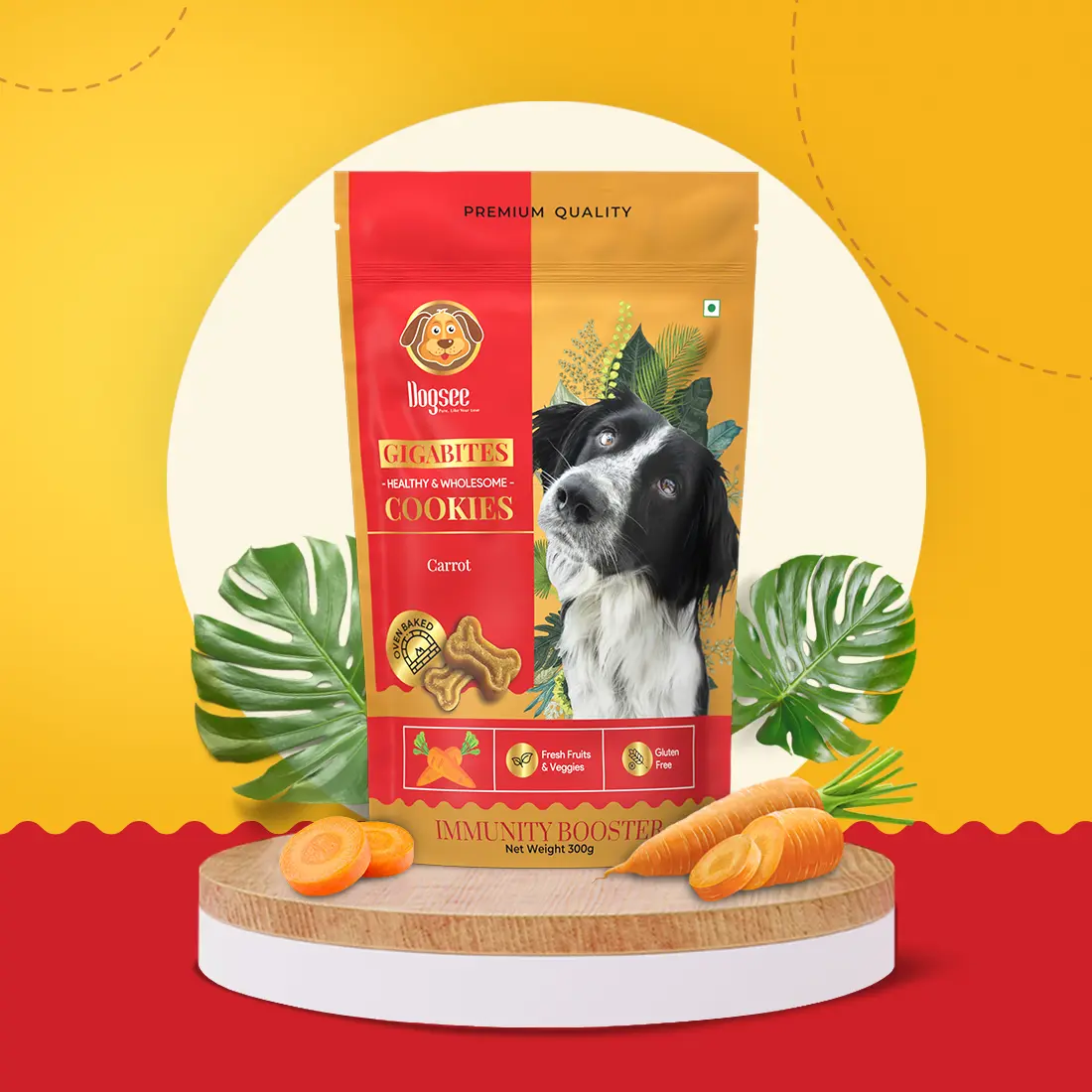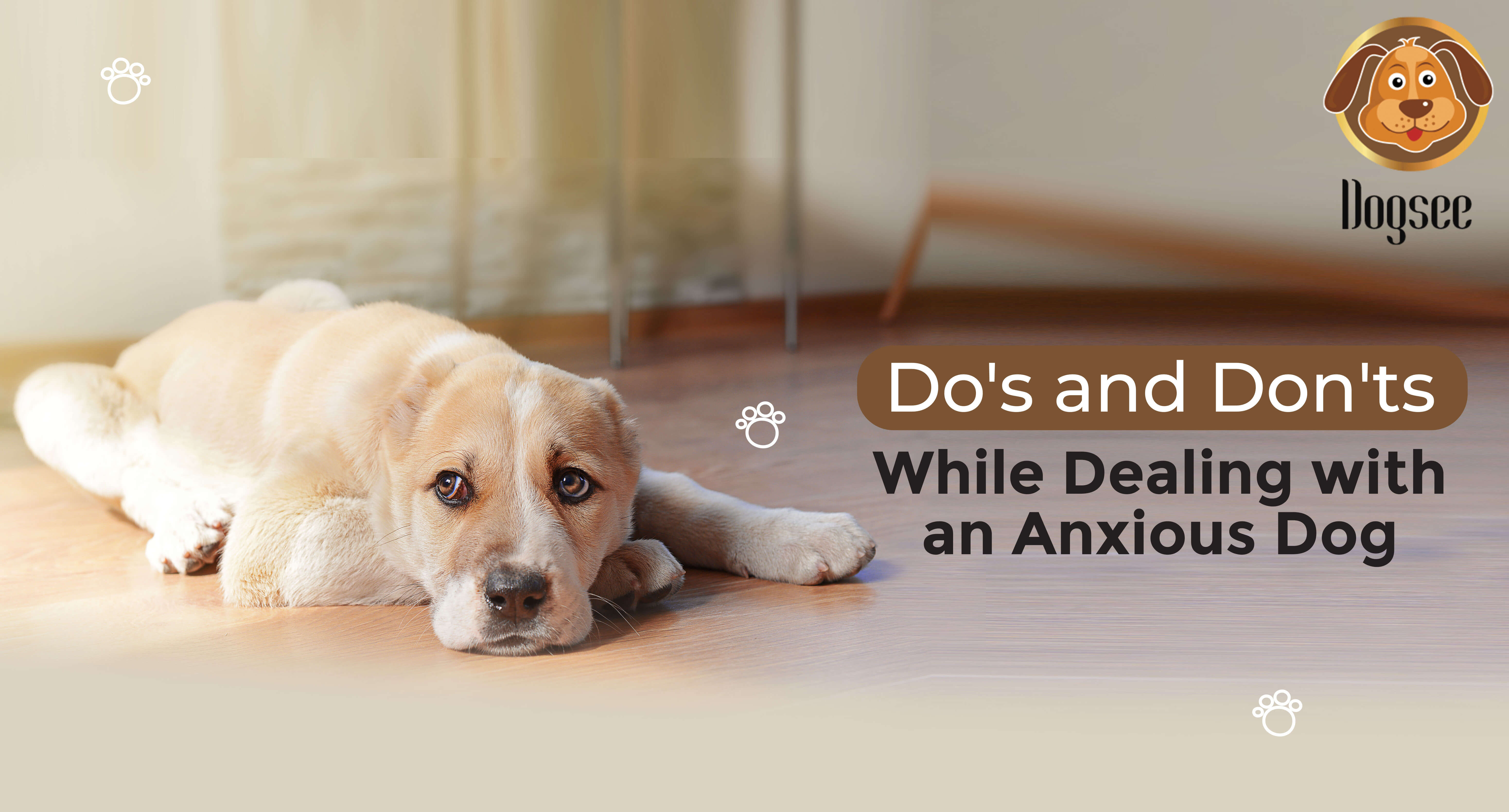
Most people, especially in today's society, are aware of how paralysing anxiety can be.
Even worse, people who don't understand the difference between dog aggression and anxiety.
A dog’s behaviour when anxious can be rude and dismissive. Your dog may react a certain way when you come back home as they may have had separation anxiety.
If you’re out with an anxious dog it would be challenging for you to traverse public spaces with your dog by disrespecting other’s personal space.
This enhanced awareness can result in development of separation anxiety. But, there’s nothing to fear.
There are loads of dog parenting tips that we can give you for handling anxious doggo!
Common Tells of an Anxious Dog
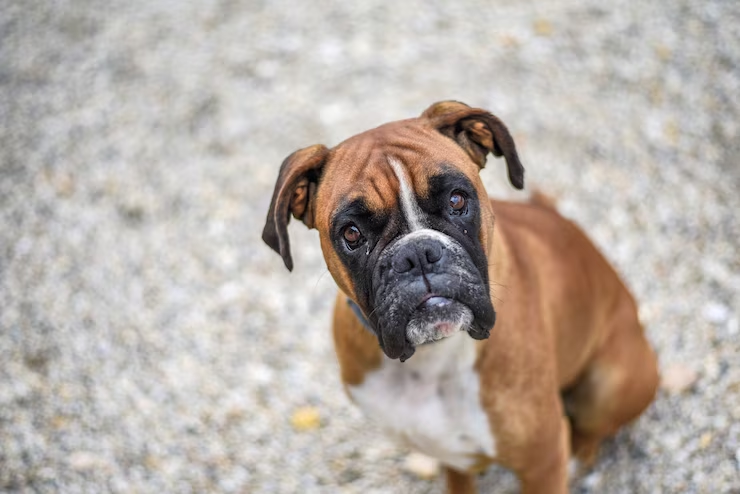
Now, the first step of treating dog anxiety is understanding what the common tells of an anxious dog are.
Remember curing dog anxiety with medicine or treatment of sorts may not be the best idea.
But, we can make efforts to improve the situation and keep both our dogs and people around us safe.
Knowing the common signals that a dog may have will help pet parents determine what is generating the worried or tense reactions.
Howling and barking incessantly
Wailing excessively
Aggression
Excessive panting or drooling
Repetitive digging or scraping
Depression
licking excessively
Pacing or agitation
Obsessive behaviours such as irregular biting
Urinating or defecating in one's own home
Shaking or trembling
When a dog is nervous and frightened, it frequently exhibits symptoms that resemble misbehaviour.
If your dog is exhibiting any of these common behaviours, you may be asking what you can do to help.
Don’t worry! We’ve got 8 dog anxiety do’s and don'ts.
But, before you do check out Dogsee chew’s crunchy treats!
Tips On How To Deal With Dog Anxiety
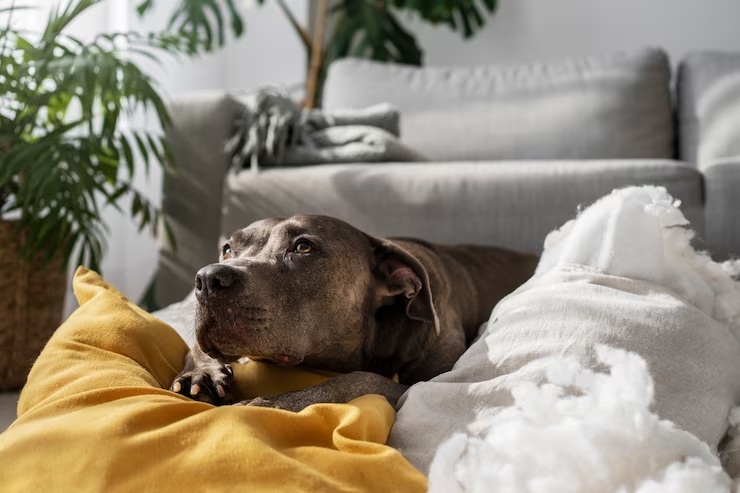
Here are some methods that can help your dog with stress relief.
1. Use positive reinforcement
Modern trainers have discovered that the vast majority of dogs who lunge, bark, and fight with other dogs and humans are not doing so because they are "dominant".
They're acting this way because they're afraid. A scared dog, especially one that believes they can't escape, will resort to dog aggression in order to "get him before he gets me."
A major part of dog parenting is to understand that aggression stems from fear, we may avoid trainers who "rehabilitate" violent dogs by dominating them.
A great way to calm a dog down and show them that they are safe is by associating bonding or training time with something positive.
We recommend offering some calming treats for your dog.
2. Acknowledge the dog
This seems like the last thing you want to do with an anxious dog. But attracting attention to your dog's uneasiness is an excellent method to warn other people not to approach.
Put a yellow ribbon on your dog's leash or buy a bandanna or harness that reads "nervous" and you'll be alerting people without having to yell at them.
3. Put a muzzle on the dog
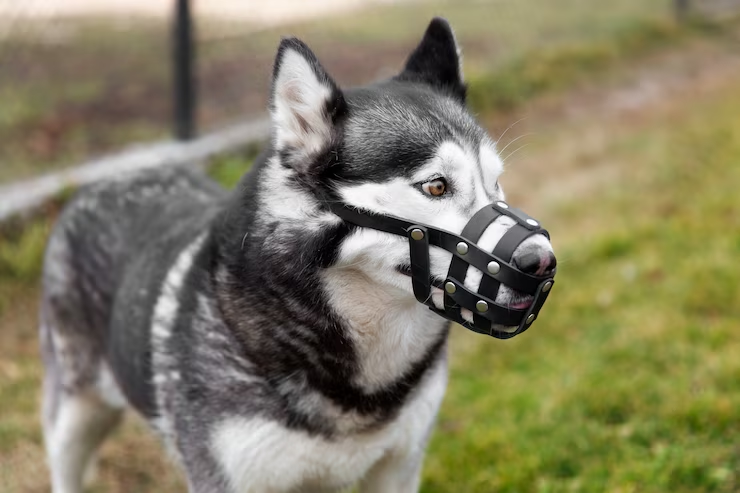
One of the safest tips for handling dogs with anxiety is having a muzzle handy when you’re out or with a group of people.
Consider a top quality muzzle if your dog is afraid of other dogs and is large enough that you could lose control if they lunge.
Most people still regard a muzzled dog as a dangerous dog. A muzzle is a sign of a responsible owner and a safe dog.
Muzzles increase the safety of being outside for both people and dogs by making individuals with violent dogs feel safer.
4. Think about switching veterinarians
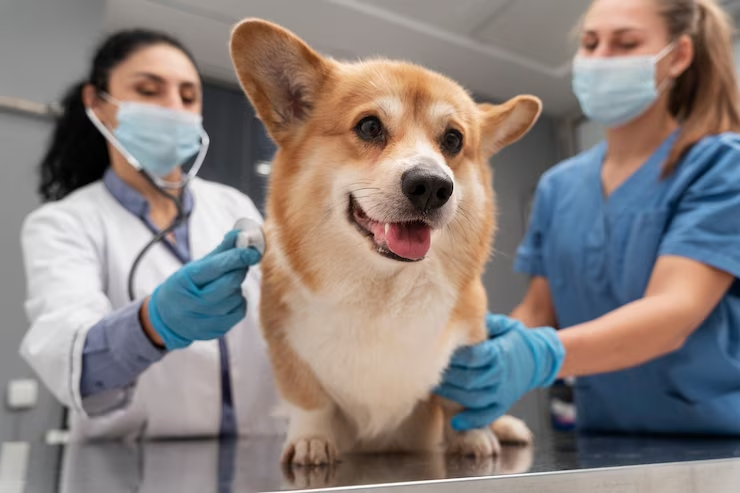
Another major tip for dog anxiety and how you can make a calming environment is by understanding if your dog feels safe with his vet.
While some veterinarians are excellent with frightened and aggressive dogs, others are stuck in the past, refusing to listen to owners and employing invasive and abusive handling.
However, there are new ways available for veterinarians dealing with stressed dogs.
5. Understand your dog's body language
Your dog continuously expresses their emotions, and the better you grasp what they're saying, the easier it is to avoid unpleasant circumstances.
Something that was fine for them last week may be too much for them today due to a phenomenon known as trigger stacking.
Trigger stacking is an increase in anxiety-related behaviour in dogs caused by repeated stressful events with insufficient time for the associated stress hormones to leave the system.
Avoid this by looking for signals that indicate how your dog is feeling. And carry around some healthy dog treats to calm them down.
6. Find a common interest
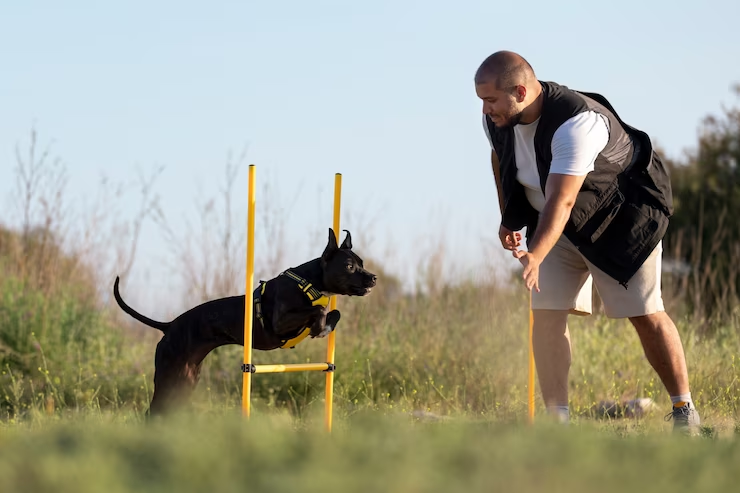
It's normal to be disappointed when your dog refuses to visit the dog park, agility trials, or street cafés. Instead, concentrate on what you two can accomplish together.
Create indoor obstacle courses, go on calm wilderness excursions, enrol in nose-work lessons, or simply relax at home.
Don't try to make the dog you have become the dog you desired. In the end, you're likely to aggravate their difficulties while also straining your connection.
You can buy dog treats that would help associating these activities with something positive.
7. Understand your limitations
A major part of treating dog anxiety is knowing when to do what.
If you're completely out of your element, or your dog poses a major threat to you or your children, it's best to make sure you create a safe and friendly environment for all.
Training and drugs are costly, and anxious pets can necessitate a lifetime commitment.
It may be safer for you and better for the dog to consult a dog walker or family who has had better experience with anxious dogs.
8. Dog toys and treats
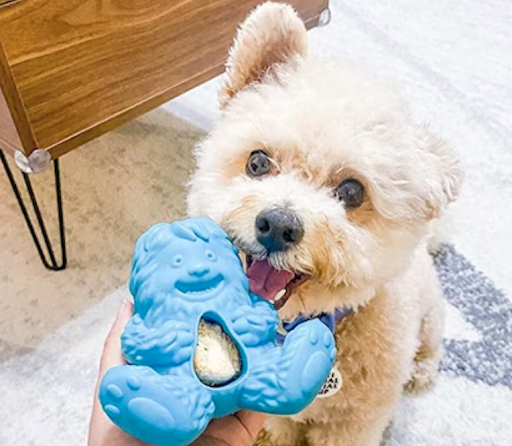
Did you ever have a favourite toy as a child, such as a teddy bear? If this is the case, you can relate with your anxious dog.
Providing them with a "comfort item," such as a separation anxiety dog toy, can be really beneficial.
Separation anxiety dog toys come in a variety of shapes and sizes, each with its own function. Consider the options below to choose one that is ideal for your dog.
Dogsee Play Treatoy
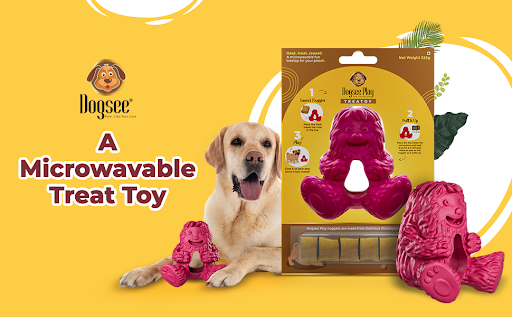
Looking for a dog-safe chew toy that your dong can use as a stress buster?
Dogsee Play Treatoy is ideal for your canine companion. The innovative rough design aids in teeth cleaning, while the flexible form is kind to gums.
Your dog can enjoy the delectable Himalayan cheese treat because it is natural and healthful. Your dog will undoubtedly spend hours playing with the toy and cheese puff treat.
Treatoy is absolutely non-toxic! The revolutionary rough shape helps clean teeth, and the flexible form is gentle on the gums.
Your dog will adore the nutritious and natural treat! Your dog will play with the toy and cheese puff treat for hours on end.
This dog toy is microwave-safe and extremely secure. Dogsee Treatoy is completely safe for your dog to chew on because it is Bisphenol-A free.
The toy's smooth touch and safe construction make it enjoyable to play with. The toy's meticulous construction ensures that your dog's teeth are cleansed and plaque-free.
The components in the healthy dog treat are all-natural Himalayan Cheese. At Dogsee, we strive to offer the best foods in their most natural state.
The wholesome and nourishing Himalayan cheese delicacy is not only delicious but also free of grains. Due to the absence of any grains or gluten, it is also allergy-safe.
Who wouldn't want their favourite treat to be discontinued at some point? Your dog will never get tired of the treats or toys because of their high quality!
Fortunately, Dogsee can guarantee not only a longer-lasting treat but also a toy that is safe to use for longer periods of time. Speaking of enjoying your treat while eating it, too!
Healthy Dog Treats
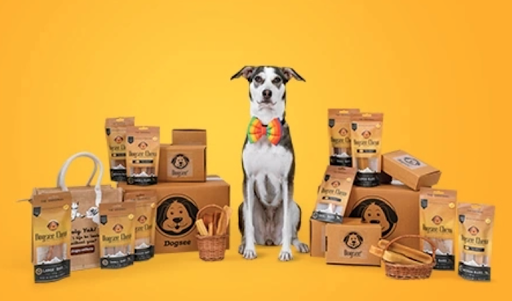
Dog treats serve a significant function as an additional source of nourishment. The most important factor in a dog's journey to handle anxiety and wellness are dog treats.
It assists in providing the additional nutrition that the dog requires in addition to aiding in dog training.
These protein packed healthy treats are an excellent source of nutrients for your little one..
You won't ever need to worry about running out because there is a vast variety of dog treats available in different sizes, shapes, and tastes.
This is one of the three treat lines we have. Every line offers a few distinctive flavours that offer your pets a delightful pleasure as well as health advantages.
To make it even easier for pet parents to select the ideal training treats, we also offer goodies based on the sizes and ages of the dogs.
Also read: Overcome Your Dog's Antisocial Behaviour with Better Training.
The End Note
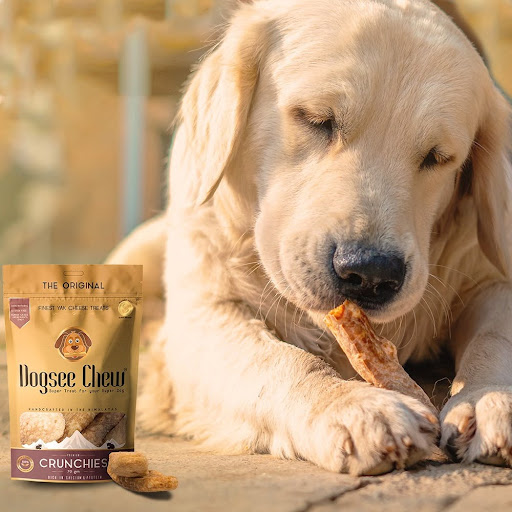
Moving on to the avoidance of punishment or reprimand is crucial when dealing with a dog's nervousness.
Punitive actions can exacerbate anxiety and erode your trust in your dog. In a similar vein, putting children in stressful situations against their will can backfire.
But don’t forget to keep your little one calm and happy, with Dogsee’s extensive range of treats, toys and even relaxing natural shampoos!
Concentrate on developing a supportive and gradual approach to assist them in overcoming their phobias.
If your dog's anxiety lingers or worsens, it is advised to avoid triggers as much as possible and seek professional assistance, such as talking to a veterinarian or animal behaviourist.
Check out this pawsome yoga technique for your dog on our Instagram and Facebook pages!
Frequently Asked Questions (FAQs):
1. How many dogsee Treatoy should I buy?
Answer: Ideally you can buy 1 treatoy per dog, but we recommend two for good doggies and puppies. However, the treat used in the toy can be bought in unlimited numbers!
2. When should I muzzle my dog?
Answer: A muzzle can be used for safety if your dog is aggressive and/or has previously bit someone or another dog.
Even if your dog has never bitten someone, wearing a muzzle might provide you with an added piece of mind if you believe there is a dog bite danger.
3. What kind of treats should I give my dog when I leave him home alone?
Answer: You can reward him with any kind of healthy treat that he deserves. We however, recommend pur dogsee chew bar! They are long lasting and packed with nutrients!
4. How often should I bathe my anxious dog?
Answer: Bathing your dog too frequently might be bad for them, especially for their skin. Because of this, the majority of specialists advise taking a thorough bath every three months.
5. Should I let my anxious dog play with my toddler?
Answer: If your dog keeps turning or walking away from your toddler, give them some room and divert your child to something else.
 HELPFUL0 people found it helpful
HELPFUL0 people found it helpful
Related Blogs
Subscribe to Our Blogs
and never miss on the latest update!








